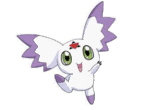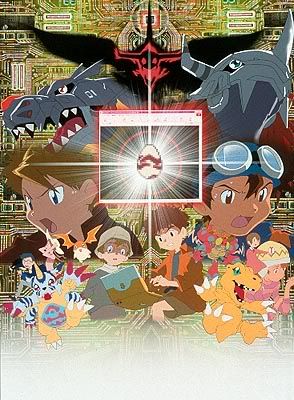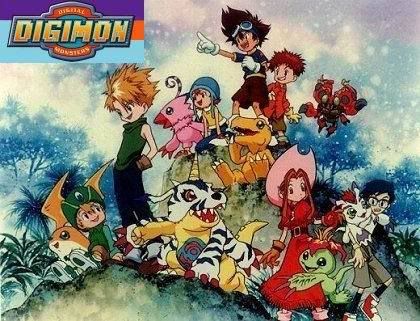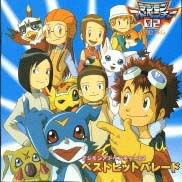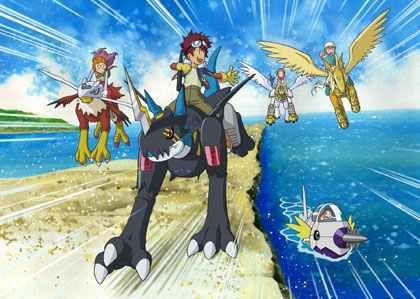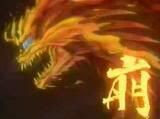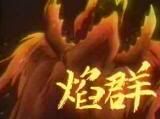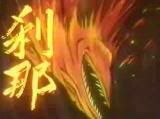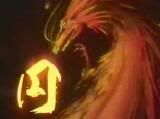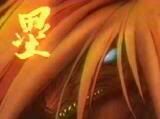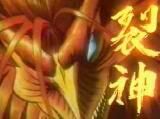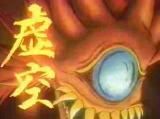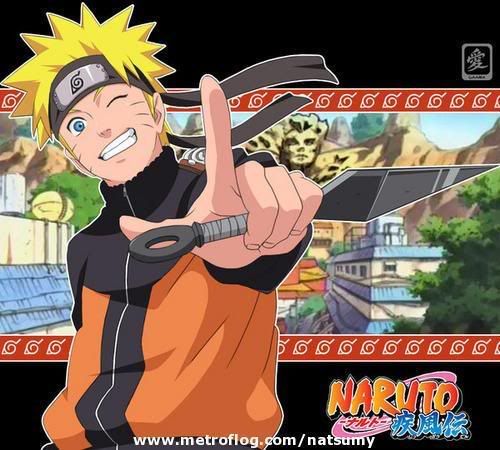One Piece (Wanpīsu) is a manga and anime series created by mangaka Eiichiro Oda. One Piece focuses on a ragtag crew of pirates called Straw Hat Pirates led by Captain Monkey D. Luffy. Luffy's greatest ambition is to obtain the world's ultimate treasure, One Piece, and become Pirate King. One day, he mistakenly eats a devil's fruit turning himself into a rubber man. Ten years have passed since that incident. Luffy sets out to sea all alone. He sets out to become a great pirate captain and his great adventure begins. “I'm going to be the Pirate King! I'm going to get One Piece!"
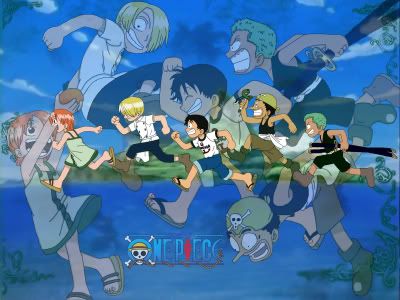
The manga began its serial run in issue #34 of Shueisha's Weekly Shounen Jump magazine on August 4, 1997, while the anime adaptation produced by Toei Animation premiered on Fuji TV on October 20, 1999.Eiichiro Oda originally planned One Piece to last five years, and he had already planned out the ending, but the story has continued far beyond his expectations, and its popularity has swelled to enormous proportions. One Piece is the third highest selling manga in the history of Weekly Shonen Jump, and is currently their most popular and all-time third-best-selling title in Japan. The manga is so well-liked that it is the first to increase the sales of Weekly Shonen Jump in eleven years. Volume 24 of the One Piece manga was the highest selling Japanese graphic novel of all time, prior to the publication of Harry Potter and the Half-Blood Prince. As of volume 45 the series has sold over 130,000,000 copies. As the success of One Piece rose within its serialization in Weekly Shonen Jump, it would soon reach an even larger audience through the medium of television, being adapted into an animated series. That television series (a largely faithful adaptation of the manga) debuted in 1999, but animated One Piece actually had its origins one year earlier with an OVA.
As of June 11, 2007, One Piece has had a total of 313 TV episodes. Episodes from 207 onwards have been broadcast in high-definition at 720p resolution, in addition to standard definition. Though most anime series air a new episode every week, recently One Piece airs an average of three episodes a month (or, in some cases, will air several episodes back-to-back and then go off the air for a few weeks). This is thought to be because the anime is very close to catching up with the manga, and because the anime is in the middle of a manga storyline, the series cannot simply begin airing fillers right away, as is the usual practice under such circumstances. Despite the infrequent air times, the series has remained extremely popular. Recently, Toei did a series of five recap episodes, retelling the back stories of each of the Strawhat crew members using clips from old episodes, tied into the current storyline by framing the recaps as flashbacks each of the characters were having. The recaps also marked a project in the series' time slot, and they may have been done to help familiarize new viewers with the cast of characters.

Since the debut of the series on television, Toei Animation has also produced eight One Piece feature films, released each spring since the year 2000. In typical fashion for movies based on serialized manga, the films feature self-contained, completely original plots with animation of higher quality than what the weekly anime allows for. Additionally, three of these movies have had special featurettes, showcasing the characters engaged in various activities unrelated to the series (specifically dancing, playing soccer, and playing baseball). These movies, and their attached featurettes, are as follows:
One Piece: The Movie (2000)
The crew comes across an island that is said to be the location of an amazing collection of gold, but they are not the only ones after it.
Clockwork Island Adventure (Nejimaki-Shima no Bōken, 2001)
When their ship is stolen, the Straw Hats come across a thief duo that claims it was stolen by the Trump Pirates, who have taken over Clockwork Island. To make things even worse, the Trump Pirates kidnap Nami so she can marry their leader. The Straw Hats have to stop them before it's too late.
Featurette: Jango's Dance Carnival (Jango no Dansu Kānibaru)
Jango hypnotizes an entire island, including the Straw Hats, into dancing so he may escape the Marines.
Chopper's Kingdom on the Island of Strange Animals (Chinjū-jima no Choppā-Ōkoku, 2002)
The crew searches for the "Crowning Treasure", but as they approach the island it is said to be on, they are sent into the air, separating Chopper from the group. On the island, the animals declare Chopper their king. However, there are people besides the Straw Hats looking for the Crowning Treasure.
Featurette: Dream Soccer King!
The Straw Hat Pirates challenge various enemies from the show to a penalty shoot-out.
Dead End Adventure (Deddo Endo no Bōken, 2003)
In order to gain money, the crew enters a pirate race called the Dead End Race.
Curse of the Sacred Sword (Norowareta Seiken, 2004)
An old friend of Zoro's is possessed by an evil sword, and due to a favor Zoro owes him, he joins his side. The Straw Hats will have to find a way to seal the sword before its true power is unleashed.
Featurette: Take Aim! The Pirate Baseball King (Mezase! Kaizoku Yakyū-Ō)
The Straw Hats face the Arlong Pirates in a game of baseball, with Buggy and Mr. 2 Bon Clay as announcers.
Baron Omatsuri and the Secret Island (Omatsuri Danshaku to Himitsu no Shima, 2005)
The crew lands at a resort owned by Baron Omatsuri, who challenges them to a series of games. However, there is more to Omatsuri and his friends than meets the eye.
The Giant Mechanical Soldier of Karakuri Castle (Karakuri-Jō no Meka Kyohei, 2006)
The crew searches for the treasure known as the Golden Crown on Mecha Island, a technologically advanced island filled with amazing machines, which is ruled by a man named Ratchet.
Episode of Alabasta: The Desert Princess and the Pirates (Episōdo obu Arabasuta Sabaku no Ōjo to Kaizoku-tachi?, 2007)
An edited version of the Alabasta arc with new animation.
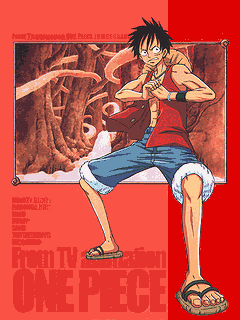
In addition, every year or two, a one-hour special episode is aired in place of a normal episode.
Adventure in the Ocean's Navel (aired after Episode 53)
The Straw Hats encounter a city in the middle of a whirlpool, called the Ocean's Navel, that is being destroyed by giant monsters. These monsters supposedly protect a treasure capable of granting wishes, but in the process of defeating these guardians, the crew ends up releasing another evil.
Open Upon the Great Sea! A Father's Huge, HUGE Dream! (aired after Episode 149)
The crew comes across three children and two adults, posing as a family. As it turns out, the oldest child knows the location of a great treasure discovered by her late father, and they are on the run from a pirate with a dangerous ability.
Protect it! The Last Great Performance (aired after Episode 174)
It is the last performance of a great actor and playwright, but several actors suddenly quit. Luckily, the Straw Hats offer to take their place. However, the quitting actors turns out to be more than a coincidence when they meet a Marine with a grudge against the playwright.
The Detective Memoirs of Chief Straw Hat Luffy (aired after Episode 253)
In an alternate reality world that resembles Edo Period Japan, Luffy acts as a member of the police. This is made up of two adventures: in the first, Buggy makes trouble in the town; in the second, a mysterious girl named Vivi appears. This special contains several cameos from characters throughout the entire series.
Boss Luffy Returns! A Dream or Reality Lottery Trouble (Although it continues the story of Special #4, isn't considered as Special #5, but instead Episode 291 by the official count)
The Great Race at the Rice Cake Firewood Castle! Red Nose's Conspiracy (Although it continues the story of Special #4, isn't considered as Special #5, but instead Episode 292 by the official count)
The Criminal is Boss Luffy? Chase the Vanished Great Sakura Tree (Considered as Special #5, although this is episode 303 with the addition of Jpop singers "Tackey and Tsubasa" in the opening theme song.) Similar to Detective Memoirs of Straw Hat Luffy, this takes place in an alternate reality in feudal Japan with cameos of previous characters. Luffy and the others are samurai living in a feudal Japanese town. The town's giant Sakura tree is stolen, and Luffy goes to search for it.
